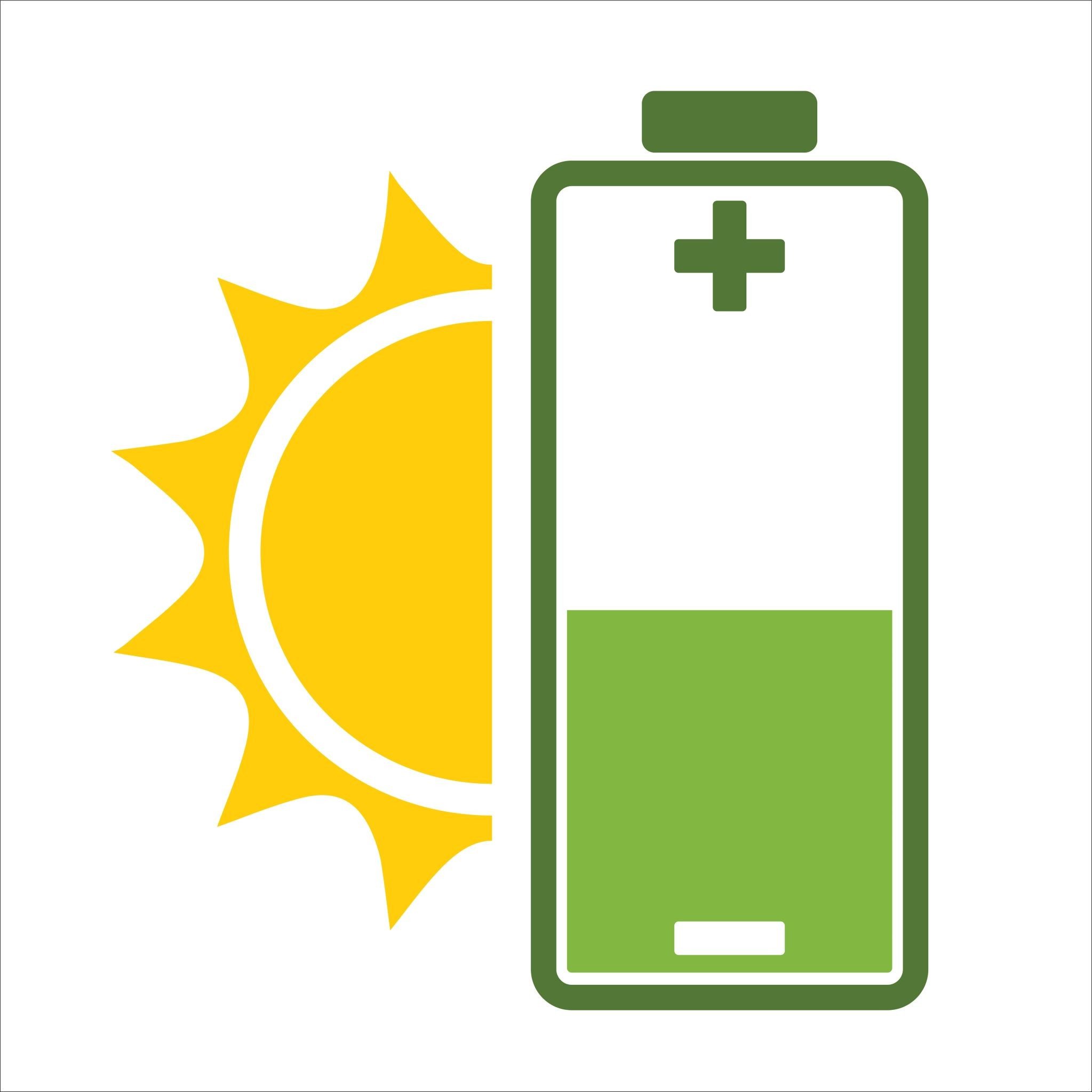
Solar Batteries
Solar batteries are an important part of any solar energy system, allowing the energy from the sun to be stored and used later. Charging solar batteries is not as complicated as it may seem, but there are certain things to consider before doing so. This post will provide an overview of how to charge a solar battery, types of solar batteries, how long solar batteries typically last, whether you can charge solar batteries without a charge controller, and how much they cost.
How to charge a battery from solar panel?
If you want to access renewable energy after the sun goes down or during a power outage, you will need to invest in deep cycle batteries. Deep cycle batteries are specifically designed to provide reliable and efficient power in solar and other renewable energy systems, while car batteries are not.
Deep cycle batteries differ from car batteries in several ways. First, they are designed to discharge and recharge multiple times over long periods of time without being damaged. Car batteries, on the other hand, are meant to start a vehicle and then quickly recharge. When it comes to selecting a deep cycle battery for your renewable energy system, lithium batteries are a great choice. They offer several advantages over AGM (absorbed glass mat) batteries. Lithium batteries last longer, require less maintenance, and are better suited for high-temperature climates.
It is also important to make sure that the battery bank voltage matches the solar array voltage in your system, unless you plan to use an MPPT charge controller. An MPPT charge controller will allow you to use a higher voltage battery bank than your solar array, resulting in more efficiency and greater power production.
Overall, deep cycle batteries are an essential component of any renewable energy system. Selecting the right battery for your needs is key to getting the most out of your system. With proper selection and maintenance, you can ensure that your system will continue to provide reliable power for years to come.
How long do solar batteries last?
Solar batteries are an important part of any solar energy system. Without them, energy generated by the solar panels would be wasted. However, understanding how long they will last is key to making sure you get the most out of your investment.
Lithium-ion batteries are the most popular type of solar battery, and they are known for their longevity. When properly cared for, they can last up to twenty years. This makes them a great choice for larger solar energy systems.
Flooded lead acid batteries are also popular, but they tend to have a shorter lifespan. With proper care, they can last between five to ten years. Sealed lead acid batteries tend to have the shortest lifespan, typically lasting less than five years.
It’s important to note that the lifespan of a solar battery is not just determined by its type. Factors like temperature, use cycles, and the quality of the battery itself all play a role in determining how long a solar battery will last. That’s why it’s important to buy good quality batteries and keep them at optimal temperatures for maximum lifespan.
In addition, it’s important to make sure you have enough solar batteries for your energy needs. If you don’t have enough batteries, you won’t be able to store all the energy produced by your solar panels and will likely end up wasting energy.
Finally, having a good battery maintenance plan in place is essential for keeping your solar batteries in top condition. Regularly checking and testing your batteries can help you detect any potential issues before they become serious problems.
By understanding how long solar batteries last, you can make sure you get the most out of your investment in a solar energy system. With proper care and maintenance, you can ensure your solar batteries last as long as possible and give you years of reliable energy storage.
Can you charge solar batteries without charge controller?
When it comes to charging solar batteries, there are many different types of solar charge controllers. The three primary types are 1- or 2-stage solar charge controllers, 3-stage and/or PWM solar charge controllers, and maximum power point tracking (MPPT) controllers. Charge controllers for electric vehicles and golf carts may also be used for charging solar batteries.
The most commonly used charge controllers range from 4 to 60 amps of charging current, but newer MPPT controllers can achieve upwards of 80 amps. This makes them very efficient for large-scale solar arrays. Without a solar charge controller, the battery may overcharge, reducing its lifespan and performance. For this reason, it is highly recommended that you use a solar charge controller to safely and efficiently charge your solar batteries.
How much do solar batteries cost?
Solar batteries are very affordable, with costs ranging from around $20 to over $5,000 depending on the capacity and the technology. It’s important to not just look at the cost per unit, but also the total cost of setting up a battery bank. This means taking into account any installation fees, additional hardware, and other costs.
When looking at the cost of a solar battery, it’s also important to consider the cost per cycle. This is the cost of one full cycle of use. Depending on the technology and size of the battery, a cycle may last anywhere from hundreds to thousands of cycles. If you’re planning on using your solar battery for a long time, this cost-per-cycle should factor heavily into your decision-making.
Finally, you should also factor in the full life cycle cost of the solar battery. This includes factors such as manufacturing, delivery, installation, maintenance, and disposal. Taking all of these costs into account can give you a better understanding of the true value of a solar battery.


